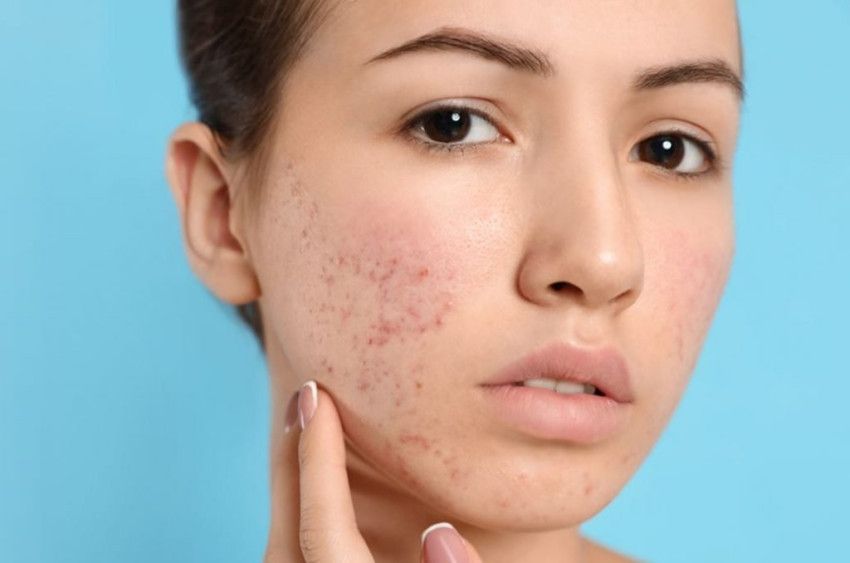
Acne scars treatment persistently lingers, challenging the prowess of a singular treatment. Depending on the unique variables, such as your skin type, the nature of your scar, and its severity, you might find respite in one or a blend of the following therapeutic routes.
You are caring for your skin at home. Using sun protection creams helps balance the skin-tone difference between scarred and healthy skin. Topical treatments, particularly those containing ingredients like azelaic acid or hydroxyl acids, may also provide relief.
Subcutaneous filler therapy:
A technique involving injecting substances such as collagen or fat beneath the skin can result in a smoother, plumper skin surface over recessed scars. This technique seeks to lessen the prominence of scars, but it's not permanent, necessitating repeated sessions. It poses minimal risks of skin discoloration.
Corticosteroid injection:
Certainly, raised scars may be facilitated by injecting corticosteroids, enhancing overall skin appearance.
Laser rejuvenation:
This approach is gaining popularity, especially for scars previously addressed through dermabrasion. This method, however, can lead to more side effects for those with darker skin tones or individuals with a predisposition to keloids.
Alternative energy-assisted procedures. Using devices that emit pulsed light or radiofrequency waves can subtly reduce scar visibility without causing harm to the skin's surface. It may take several sessions to see noticeable results.
Dermabrasion:
This method, typically employed for serious scarring, involves the removal of the topmost layer of skin with a high-speed rotating tool. Surface scars may vanish entirely, while deeper acne scars could appear less visible. Notable side effects include potential scarring and skin color alterations.
Chemical exfoliation:
Here, a specialized chemical concoction is applied to scar tissue to remove the top layer of skin and lessen the visibility of deeper scars. While mild to medium peels can be repeated, a deep peel can only be performed once. Noteworthy side effects include skin discoloration, particularly in the case of deep peels used on darker skin.
Microneedling:
This procedure involves rolling a device with tiny needles over the skin, encouraging collagen production in the tissue underneath. A safe, simple, and potentially effective technique for acne scarring, micro-needling has a minimal risk of skin discoloration, and you may need multiple sessions.
Surgical solutions. In minor surgeries like punch excision, the surgeon removes individual acne scars and repairs the site with stitches or a skin graft. With another technique called subcision, needles are inserted beneath the skin to break down fibers beneath a scar.
OnabotulinumtoxinA:
OnabotulinumtoxinA is commonly known as Botox. In certain instances, the skin surrounding acne scars may appear wrinkled. Botox injections can relax this area, potentially improving the appearance of acne scars. The effects are temporary, so ongoing treatments are necessary.
Laser resurfacing:
Laser resurfacing offers a modern and effective way to treat stubborn acne scars. By directing concentrated beams of light to remove damaged skin layers, this method promotes the growth of healthier skin. However, individuals with darker skin or a history of keloids should proceed cautiously due to the heightened risk of side effects.




